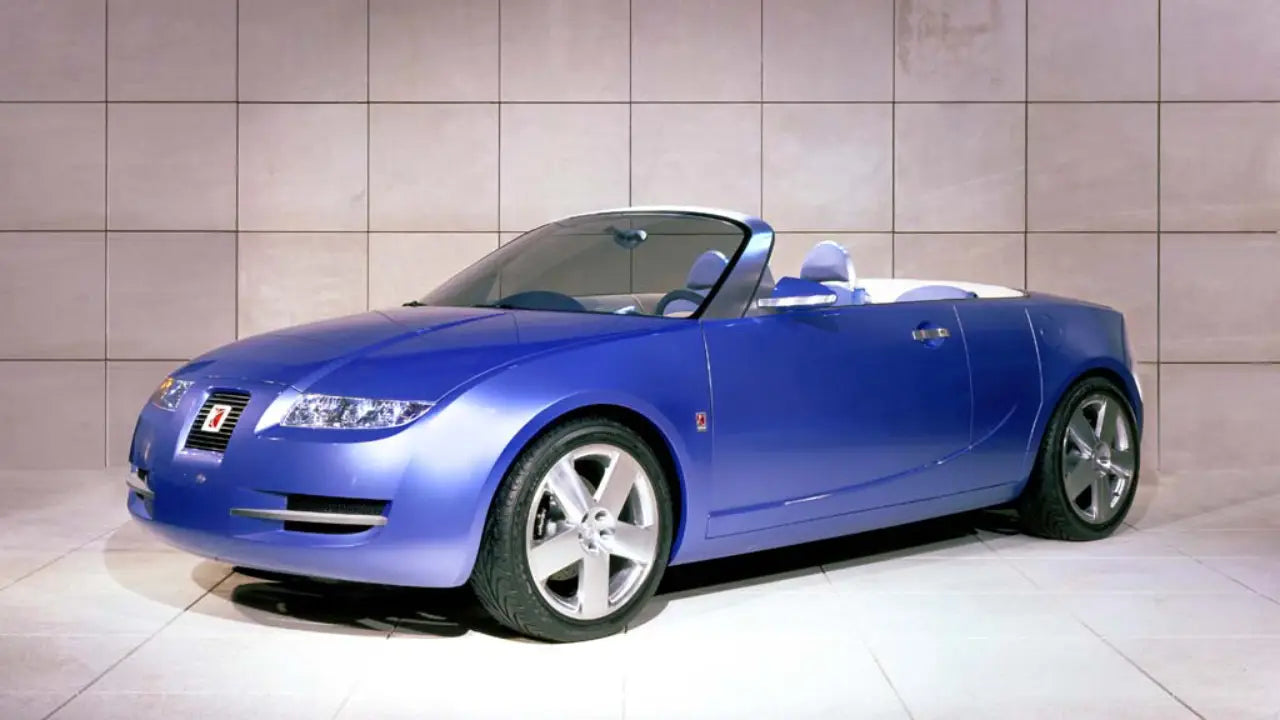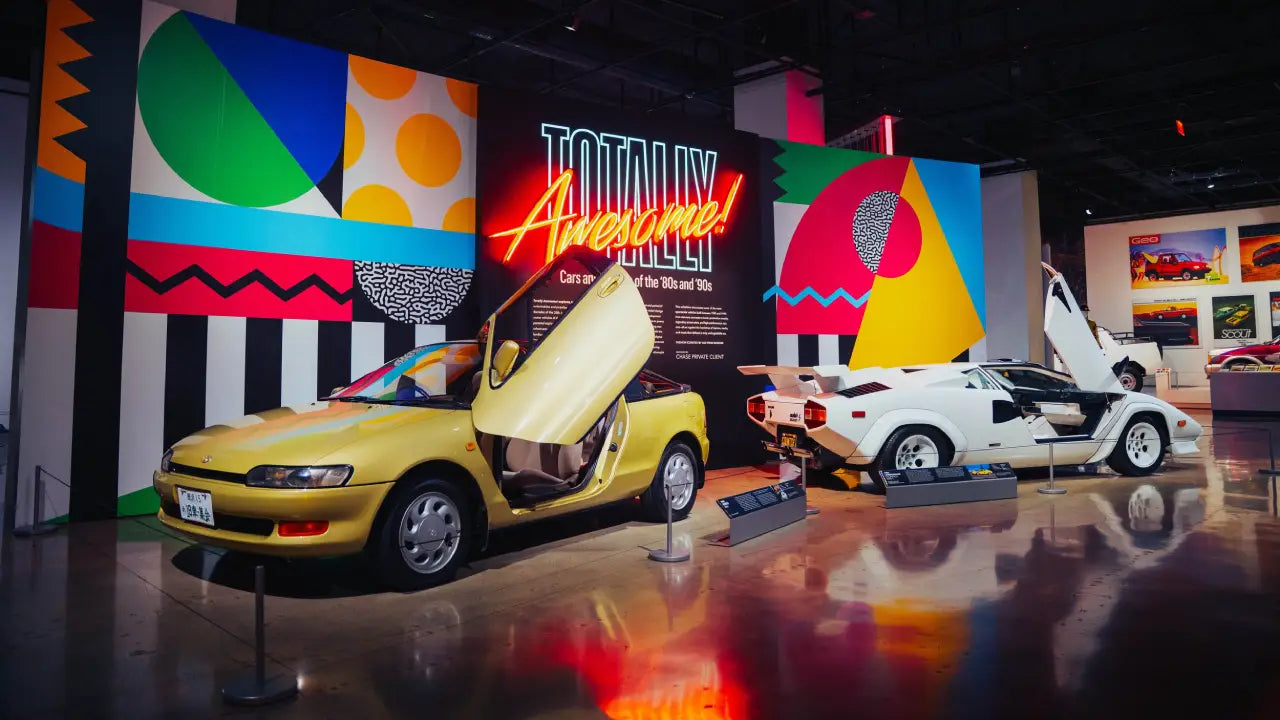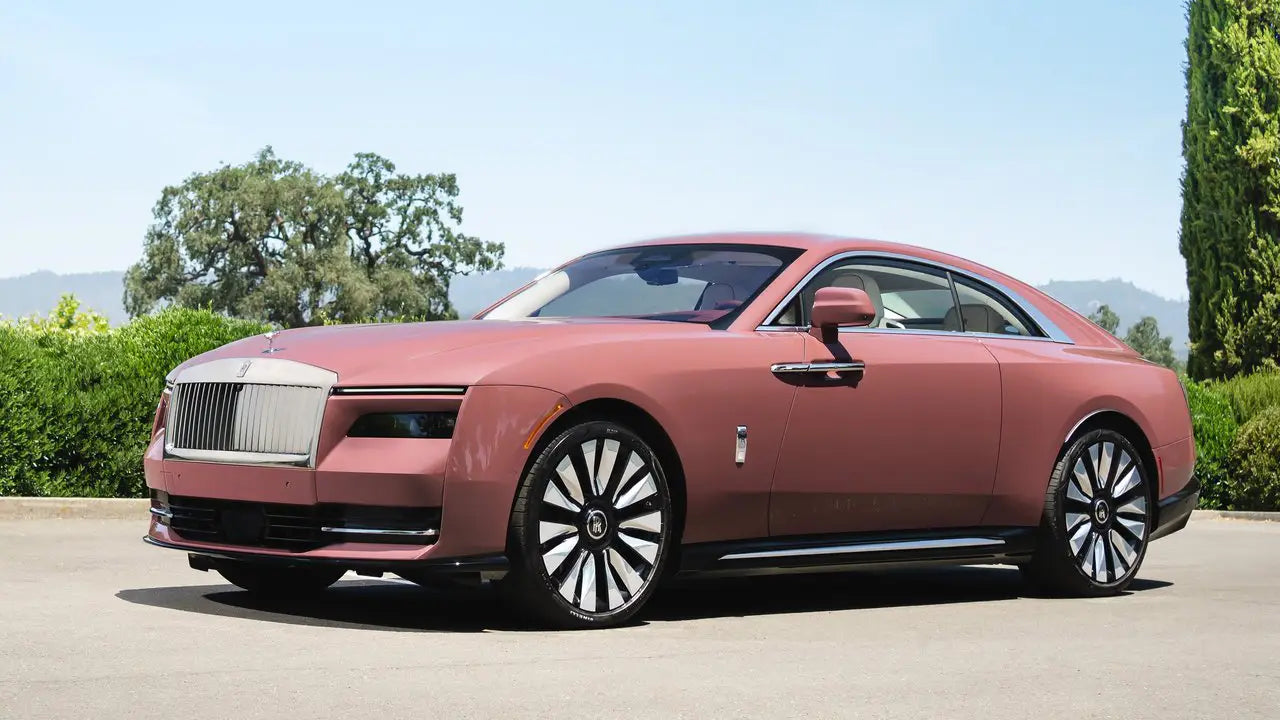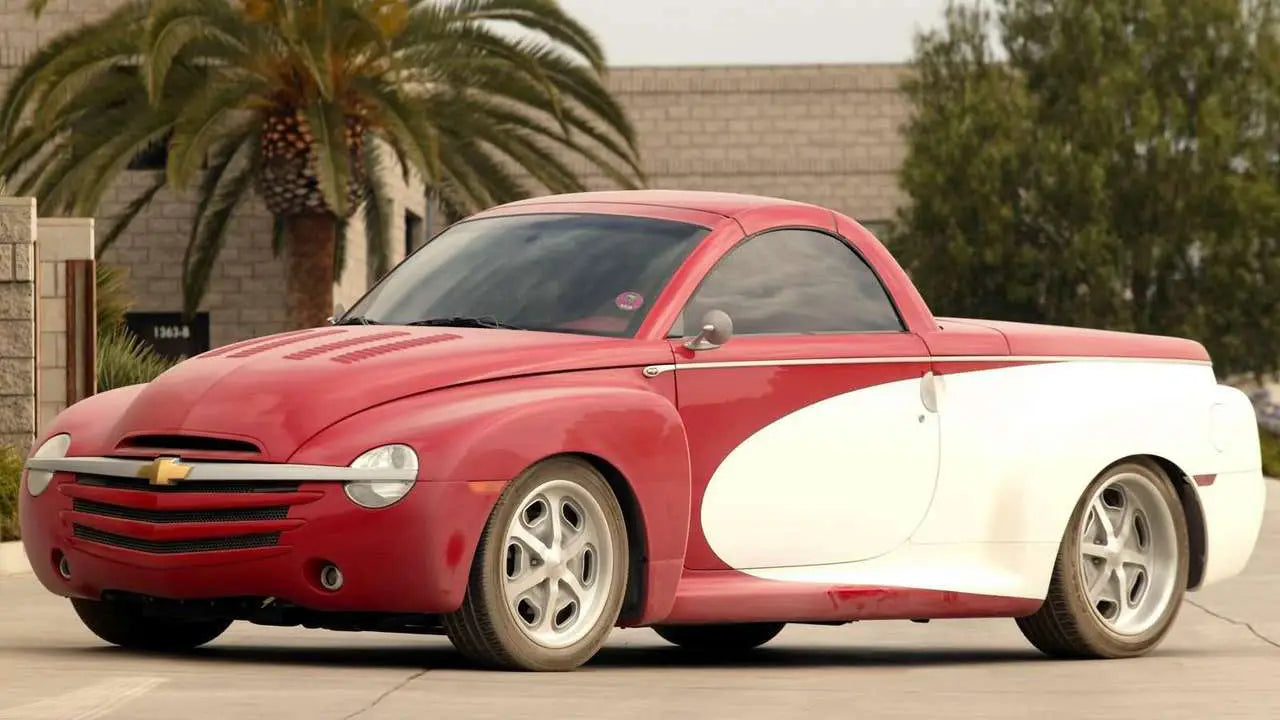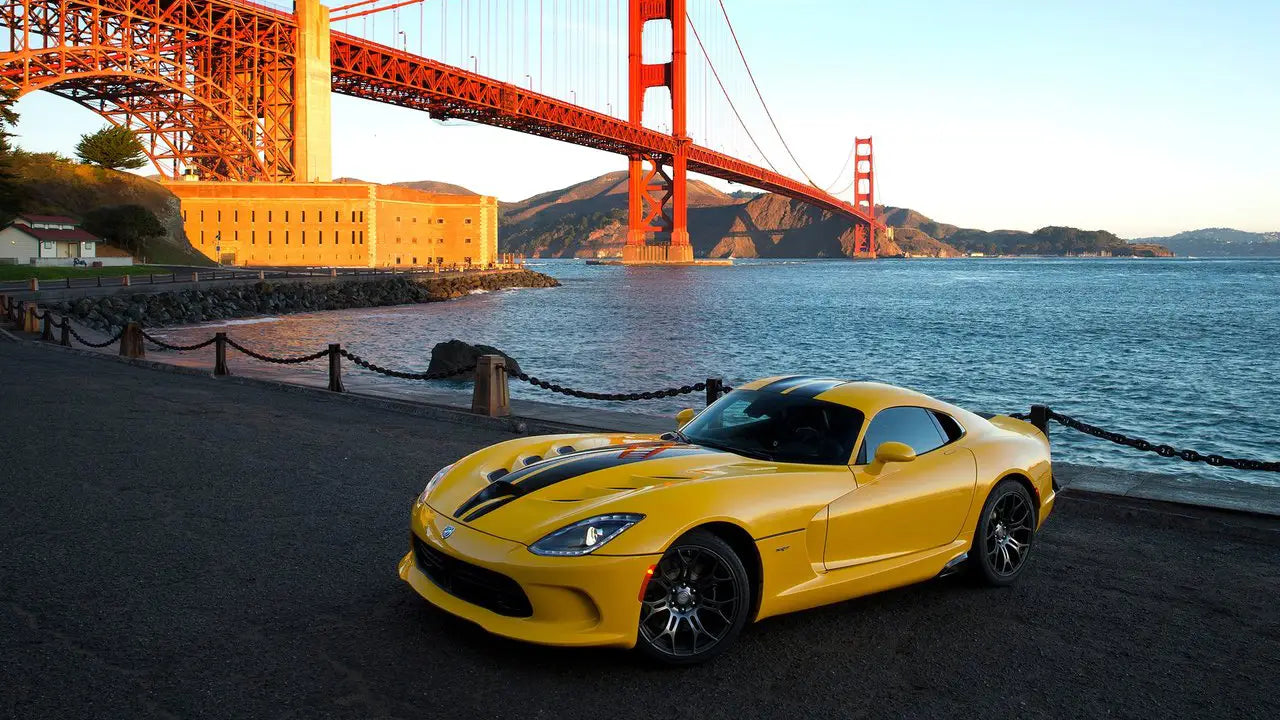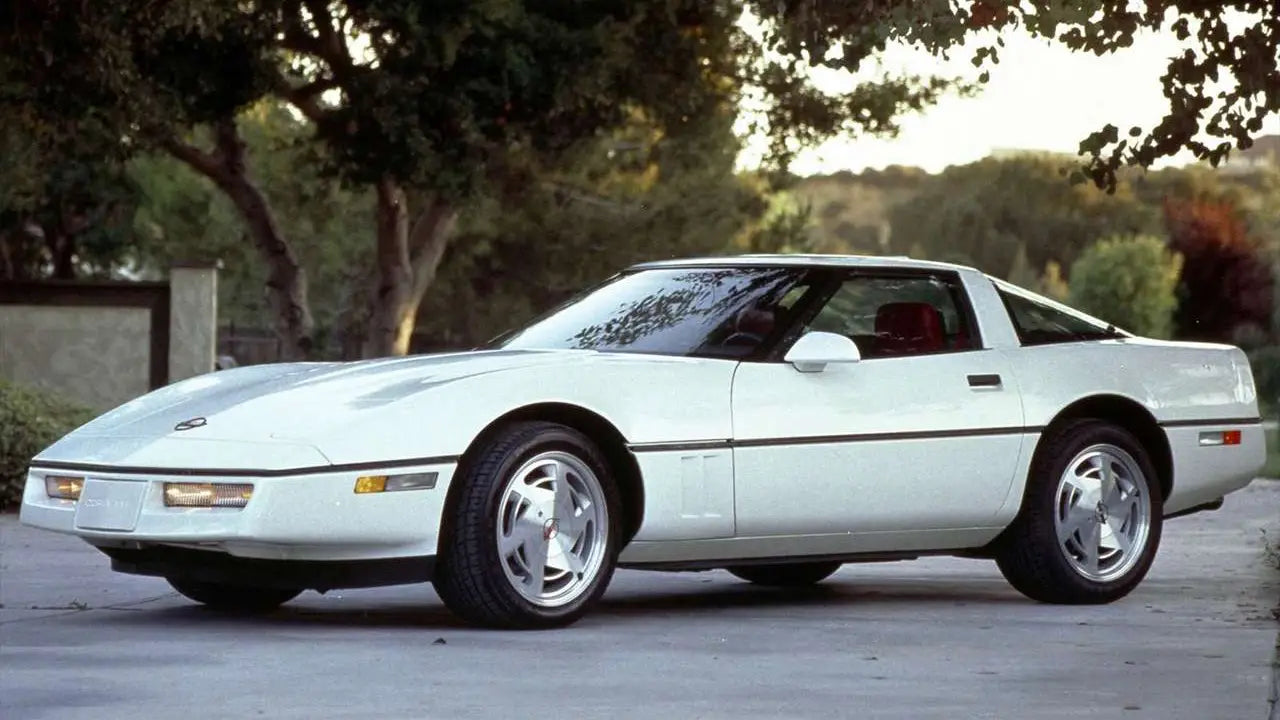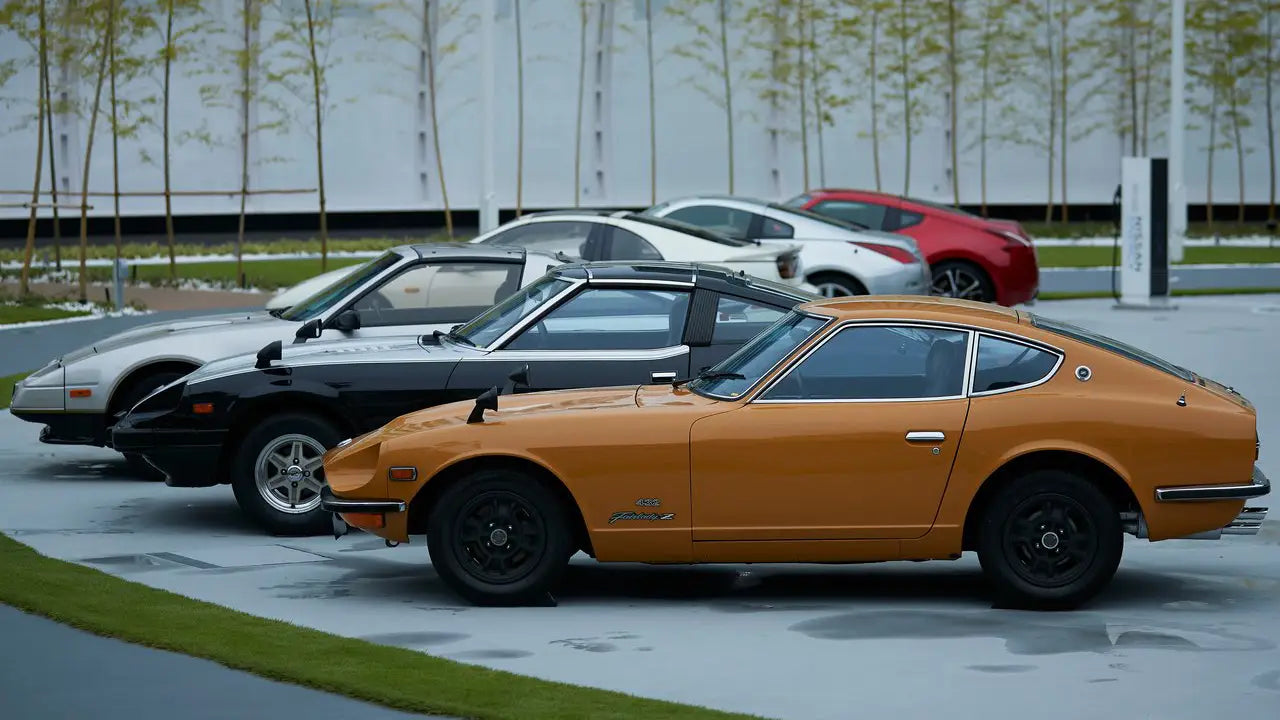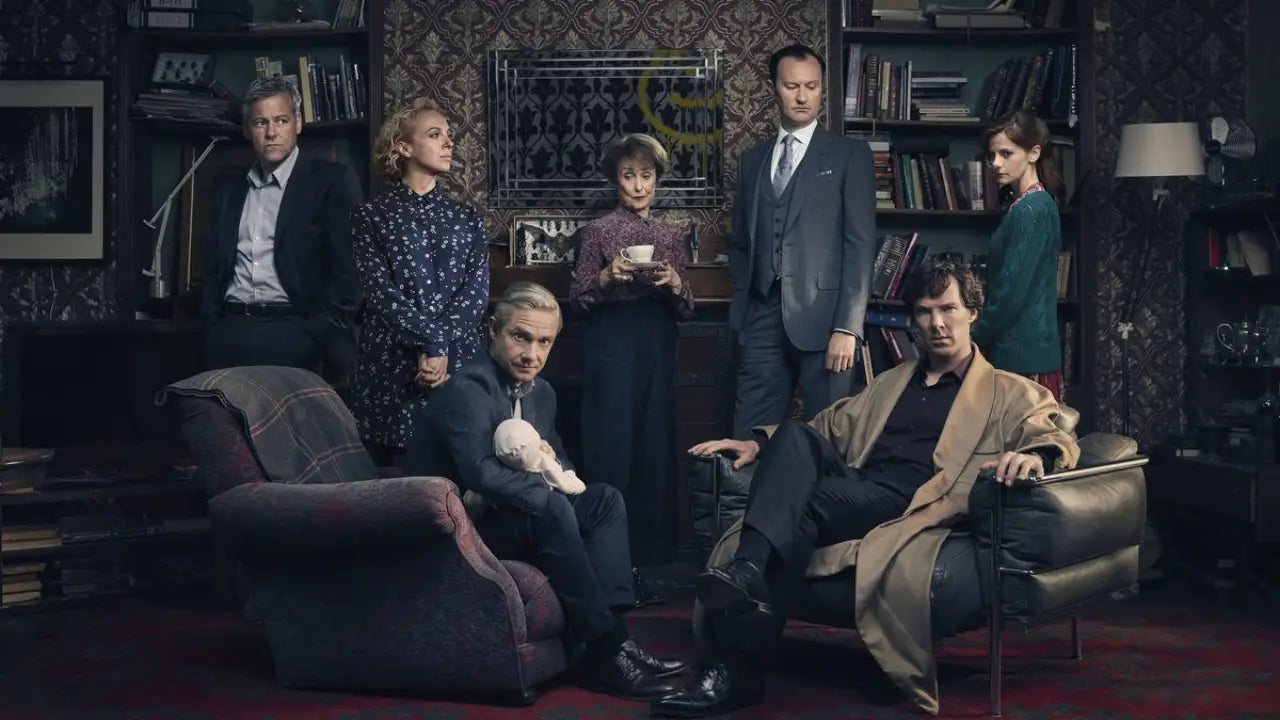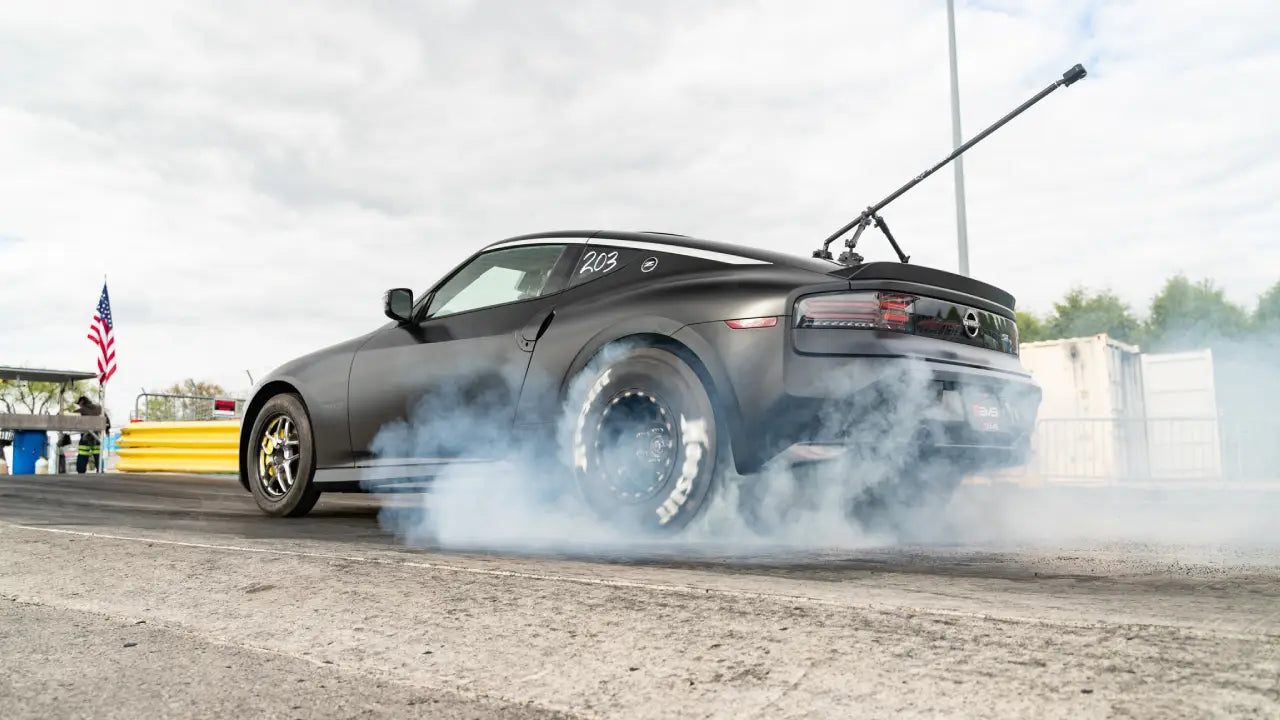Concept cars ignite the imagination, showcasing futuristic design and bold ideas. When they evolve into production models, practical realities like safety regulations, manufacturing costs, and mass-market appeal often reshape them significantly. Here's a closer, more detailed look at 9 famous cars that changed dramatically from their concept unveiling to their final production form.
Toyota FT‑86 Concept to Toyota 86
The Toyota FT-86, first unveiled in Tokyo (2009) and later refined in Geneva (2011), was a compact, driver-focused coupé with sharp, aerodynamic “flame surfacing,” minimal overhangs, a 2.0 L boxer engine, and rear-wheel drive—all paying homage to the legendary AE86 Corolla.
###img_gal###27062025-1###img_gal###
The production model closely kept the spirit: RWD, boxer engine, six-speed manual, and a near-perfect 53:47 weight distribution. Still, the illusion faded—edgy headlights became more subdued, taillights lost their jagged concept styling, and some dramatic lines were softened to suit cost and safety standards.
Nissan GT‑R Concept to R35 GT‑R
The 2001 Nissan GT-R concept emphasized minimalist, clean design with subtle cues hinting at future greatness. By its 2007 production debut, Nissan had replaced minimalism with aggressive design, including oversized air intakes, wider fenders, a twin-turbo V6, and more aerodynamic bodywork.
###img_gal###27062025-8###img_gal###
Even though this kind of Godzilla persona made much content for enthusiasts, some would rather have a minimalist and futuristic design with smooth surfaces of the concept version.
Pontiac GTO
The 1999 Pontiac GTO concept tapped into nostalgia with sweeping lines, retro chrome details, and homage to the legendary 60s GTO. Yet by the time the 2004 production model, which was based on the Holden Monaro chassis, rolled out, Pontiac had largely abandoned the nostalgic flourishes.
###img_gal###27062025-9###img_gal###
The production version wore sharper, more contemporary proportions, modern lighting, and a mainstream presence that silenced its concept-era charm.
Saturn Sky
The Saturn Sky concept, introduced in 2005, was a vision of bold, sweeping roadster design. Inspired by European sports cars featuring fluid panels, aggressive lighting, and a lightweight silhouette, it promises sharp aesthetics and dynamic flair. By contrast, the 2007 production model—while still based on the same Kappa platform as the concept—adopted flatter surfaces, sharper angles, and a more restrained appearance.
###img_gal###27062025-2###img_gal###
Although it retained sporty elements like 18-inch wheels and a removable top, the Sky lost much of the concept’s exotic character.
Dodge Avenger
The 2003 Dodge Avenger concept captured attention with its poised, crossover-coupe design: elevated ride height, sleek hips, and sporty coupe styling. By the 2007 production version, all such drama vanished.
###img_gal###27062025-7###img_gal###
The Avenger reverted to a conventional midsize four-door sedan with softened lines, an upright roofline, and a focus on interior comfort and practicality. What began as a bold statement ultimately became just another family hauler.
Jeep Commander
The 1999 Jeep Commander concept previewed an elegant urban off-roader that was rounded, sleek, and brimming with futuristic design. The final 2006 production Commander became a boxy, three-row SUV that prioritized space and consumer familiarity.
###img_gal###27062025-6###img_gal###
With upright glass, squared-off sides, and a stepped roofline, it shed the concept’s urban refinement in favor of utilitarian efficiency.
Chevrolet Corvette C7 Stingray
The 2009 Corvette Stingray concept was a dramatic display of Corvette heritage and innovation with exaggerated flares, sharp “folded crease” surfaces, and even a split rear window.
###img_gal###27062025-3###img_gal###
When the production C7 debuted in 2014, designers retained the overall profile but softened many aesthetic extremes: headlights were less sleek, rear volumes were less pronounced, and the once-bold split-window motif was abandoned.
Lancia Stratos Zero to Stratos HF
Debuted in Turin in 1970, the Stratos Zero concept was a bold wedge sculpture: just 33 inches tall, it was built of fiberglass and Plexiglas, and it had a flip-up windshield door, central cockpit, and futuristic interior like a spaceship. As for the 1973 production, the Stratos HF emerged as a dedicated rally sport.
###img_gal###27062025-4###img_gal###
Taller, wider, and more functional, it adopted conventional doors and a Ferrari Dino V6. The daring Zero shape gave way to a focused rally car—practical, race-ready, and highly successful on the circuit, but far less avant-garde in its design execution.
Volkswagen IROC
The 2006 Volkswagen IROC concept burst onto the scene at the Paris Motor Show with dramatic proportions, flared fenders, a bold hexagonal grille, an ultra-low stance, viper-green paint, and sleek carbon-fiber accents. In 2008, it was produced as the Scirocco III.
###img_gal###27062025-5###img_gal###
Despite maintaining the basic 2+2 coupe proportions, the Scirocco III traded the IROC concept’s aggressive honeycomb grille for a more conventional front end, toned-down bodywork, and a subdued interior.

